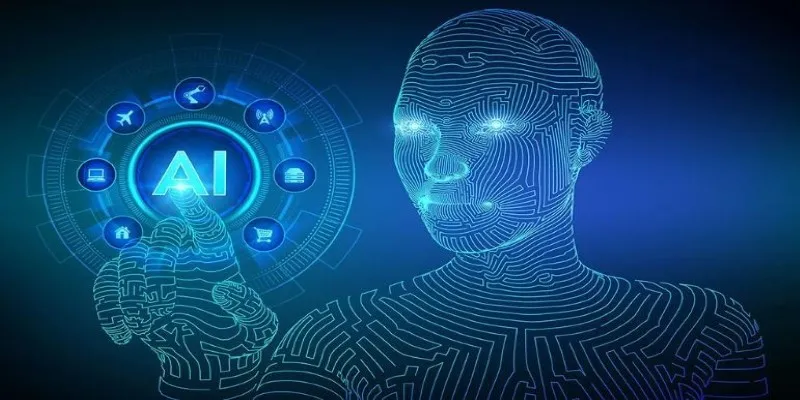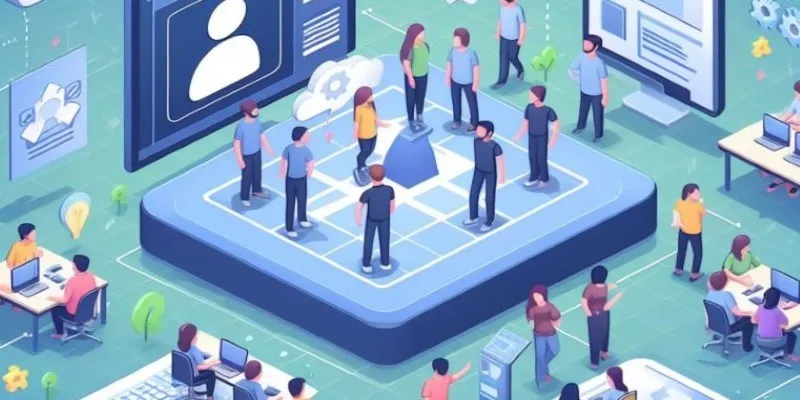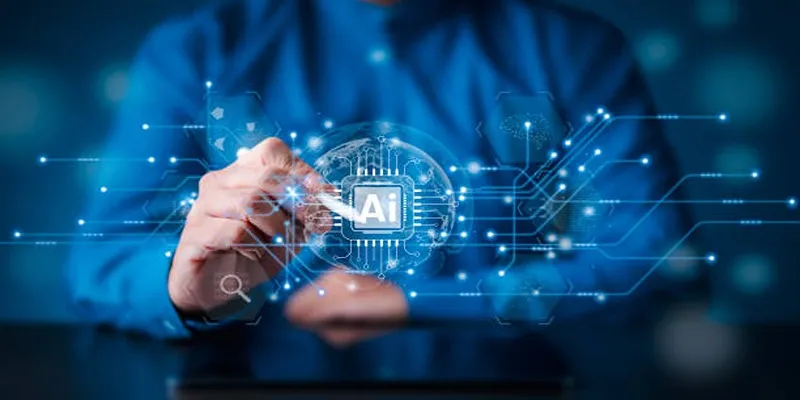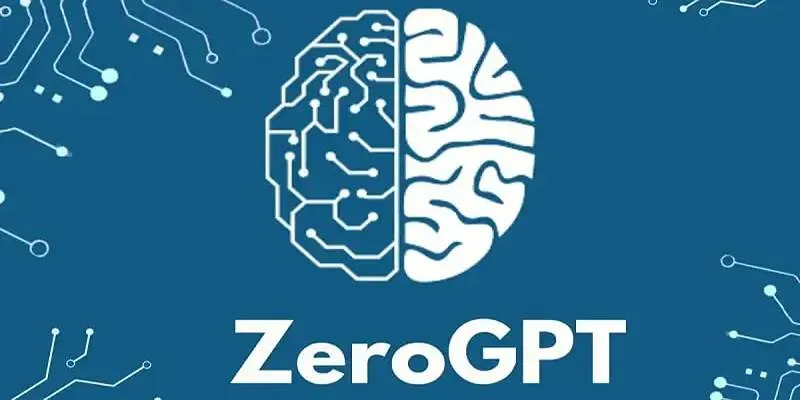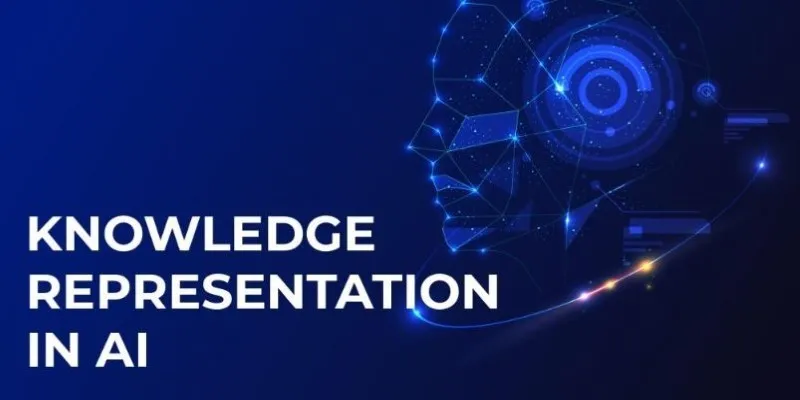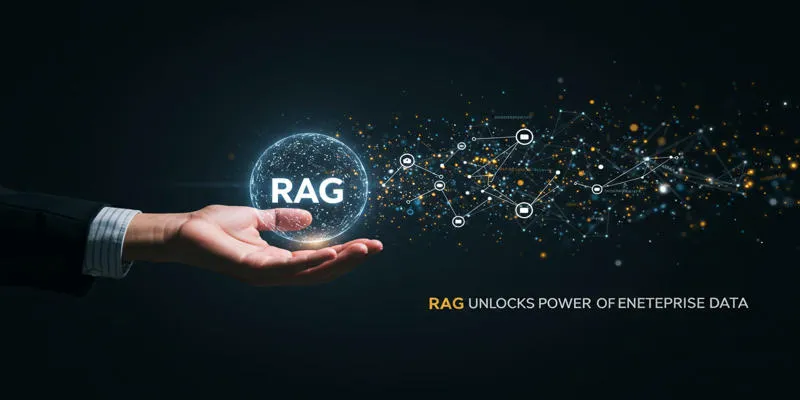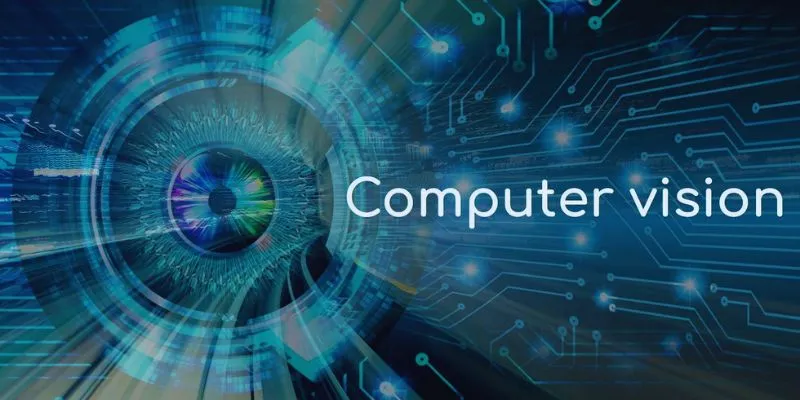Artificial intelligence (AI) is a major driving force behind modern technology, influencing everything from self-driving cars to voice assistants. However, one common area of confusion in AI discussions is the difference between deep learning and neural networks. Are they the same? If not, what sets them apart?
While they are closely linked, deep learning is an advanced extension of neural networks specifically designed to handle complex data and power state- of-the-art AI models. To understand their relationship, let’s break down how neural networks function, why deep learning is different, and what this means for the future of AI.
Understanding Neural Networks: The Foundation of AI
Neural networks are computer systems that mimic the human brain. These networks are composed of artificial neurons organized in layers to process data in an orderly manner. The building blocks of a basic neural network include:
- Input Layer: This layer receives raw data, such as images, text, or numerical values.
- Hidden Layers: These layers process information by applying mathematical transformations to detect patterns and relationships.
- Output Layer: This layer is where decision-making, classification, or prediction occurs using the final processed data.
Neural networks have existed since the mid-20th century but gained popularity during the 1980s and 1990s with the introduction of backpropagation, an algorithm that improves learning by adjusting neuron connections. Early neural networks were shallow, featuring only one or two hidden layers, which limited their ability to perform complex pattern recognition.
Despite these limitations, neural networks efficiently handled simple tasks like character recognition, basic image classification, and early speech recognition software. However, as AI applications advanced, classical neural networks struggled with performance and accuracy, leading to the development of deep learning.
Deep Learning: The Evolution of Neural Networks
Deep learning expands neural networks by incorporating several hidden layers. The term “deep” refers to the depth of these layers, allowing models to learn and process information at various levels of abstraction. While conventional neural networks require human intervention to extract complex features from raw data, deep learning does this automatically.
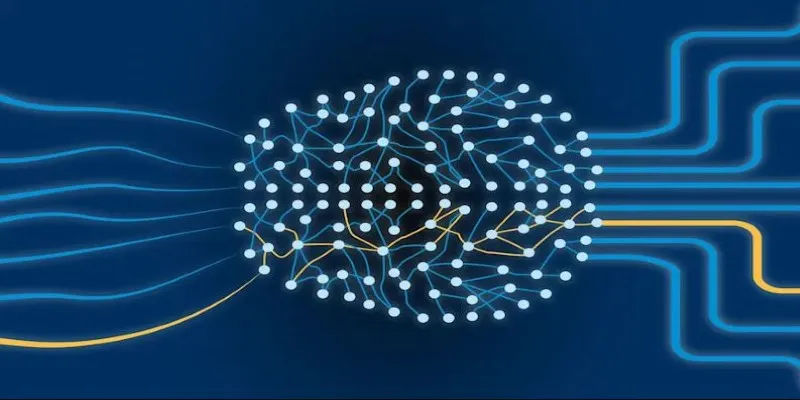
One of the most significant breakthroughs in deep learning is its ability to recognize patterns across massive datasets. Whether it’s identifying objects in an image, understanding human language, or predicting market trends, deep learning enables AI models to continuously improve as they process more data.
For instance, in image recognition, a shallow neural network might struggle to differentiate between a cat and a dog unless explicitly programmed with feature-based rules. In contrast, a deep learning model can analyze edges, textures, and high-level patterns to identify objects with remarkable accuracy.
This hierarchical learning capability makes deep learning exceedingly powerful. It is widely used in fields such as:
- Natural Language Processing (NLP): Enabling AI models like ChatGPT, Siri, and Google Assistant to understand and generate human-like text.
- Computer Vision: Powering applications like facial recognition, medical imaging, and autonomous vehicles.
- Recommendation Systems: Helping platforms like Netflix and YouTube suggest content based on user preferences.
Key Differences and Applications
One primary distinction between neural networks and deep learning is complexity. Traditional neural networks, which can be shallow, are suited for smaller-scale problems, whereas deep learning excels at handling vast and intricate datasets. This difference in complexity also influences their applications. Neural networks are commonly used in simpler tasks such as handwriting recognition and basic fraud detection, while deep learning powers modern AI applications like voice assistants, medical image diagnosis, and even creative AI models that generate artwork.
Another key difference lies in data dependency. Deep learning models require extensive data to learn effectively. A neural network with just one or two hidden layers might work well with smaller datasets, but deep learning thrives on large-scale data. This is why companies like Google and Facebook leverage deep learning—they have access to enormous amounts of data that allow their AI models to improve continuously.
Computational power further sets deep learning apart. Traditional neural networks can be trained on standard computers, but deep learning requires specialized hardware such as GPUs and TPUs. These high-performance processing units enable deep learning models to train faster and handle complex computations efficiently. Without such resources, deep learning would be impractical for many applications.
The Future of AI: Where Do They Stand?
While deep learning is currently at the forefront of AI research, neural networks remain essential. Deep learning builds upon the foundation of neural networks, meaning that understanding basic neural network principles is crucial for grasping how deep learning functions. The field continues to evolve, with research focusing on improving efficiency, reducing computational costs, and developing more interpretable AI models.

One challenge facing deep learning is its “black box” nature, where even AI researchers struggle to fully explain how deep learning models arrive at specific decisions. This lack of transparency raises concerns in critical areas such as healthcare and finance, where accountability is essential. Efforts are underway to make deep learning models more interpretable while maintaining their effectiveness.
Another exciting development is the integration of deep learning with other AI techniques. Hybrid models that combine deep learning with traditional machine learning methods are being explored to create more efficient and explainable AI systems. As AI continues to evolve, the boundaries between deep learning and other approaches may become even more fluid.
Conclusion
Neural networks and deep learning are closely related but serve different purposes in AI. Neural networks lay the groundwork, while deep learning builds on this structure, enabling machines to process vast amounts of data with minimal human intervention. Deep learning’s complexity allows it to power cutting-edge AI applications, but it also demands extensive computational resources. Despite its dominance, traditional neural networks remain useful for simpler tasks. As AI continues evolving, balancing deep learning with other techniques will shape the future of intelligent systems. Understanding their distinctions helps us appreciate how AI learns, adapts, and transforms the world around us.
 zfn9
zfn9

